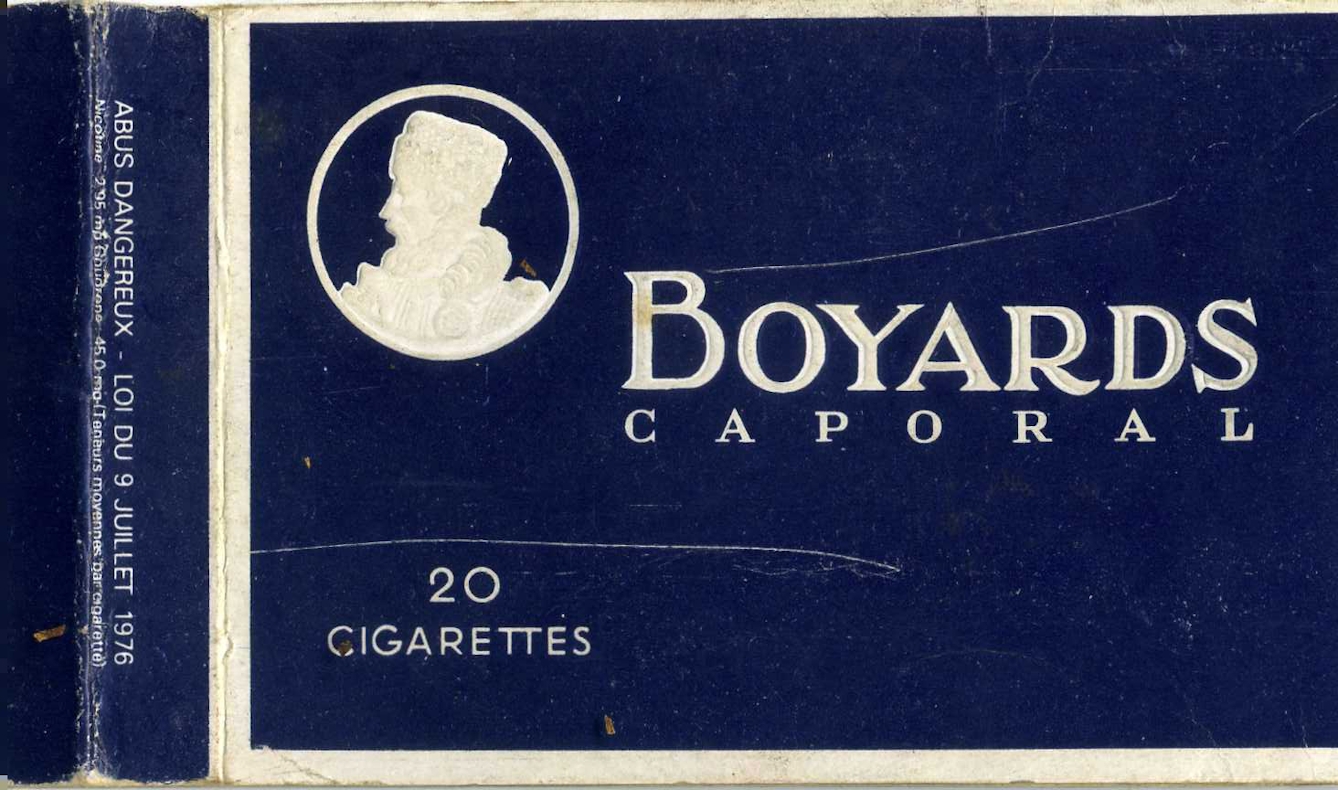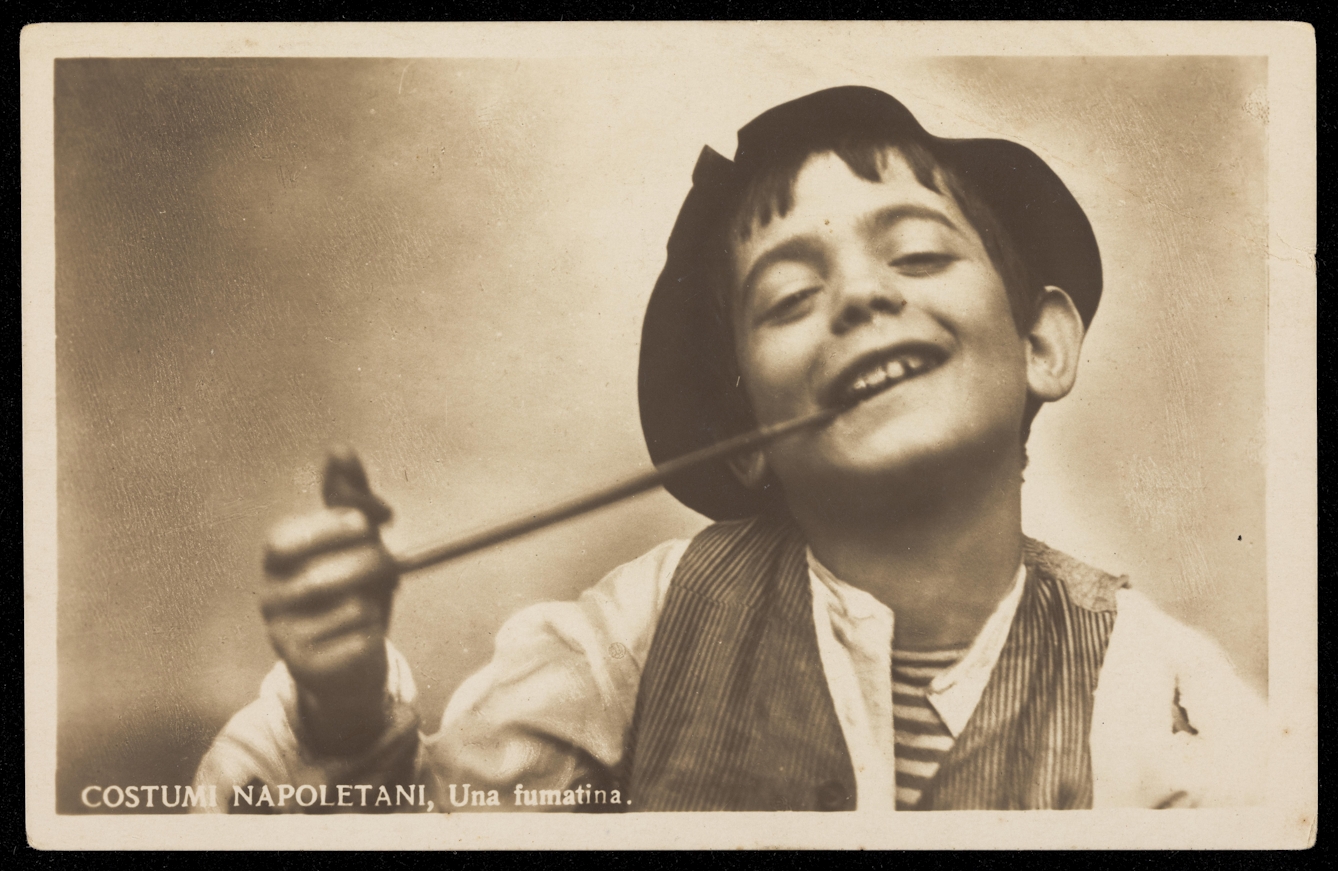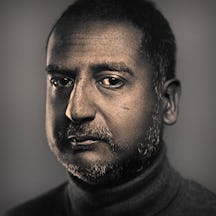Giving up smoking is incredibly hard, even if you are fully aware how terrible it is for your health. For ex-smoker David Jesudason, the impulse to light up after meals and during moments of stress remains strong. Cigarettes gifted David coughing, wheezing and fatigue, yet they also gave him pleasure. Here he investigates whether there’s ever any real enjoyment to be had in the deadly habit.
Smoking and the pleasure principle
Words by David Jesudason
- In pictures
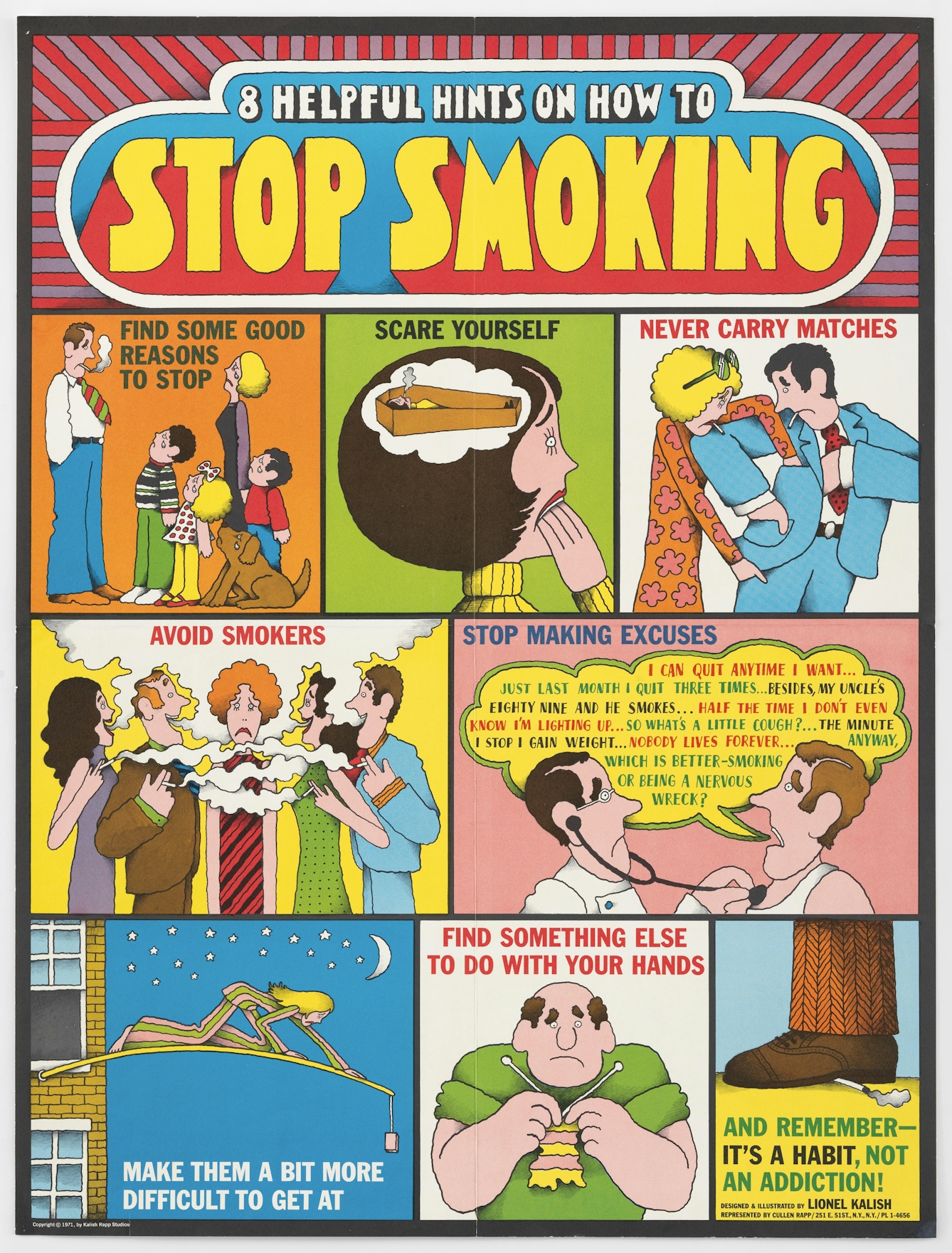
I started smoking when I was just 15 years old. Cigarettes, cigars and even pipes soon became punctuation for all my daily pleasures and stresses until I quit in my 30s. But, despite a decade of successfully not smoking, I still often think a cigarette is what’s missing after every meal, pint or annoying email. Mark Twain said giving up smoking was easy (because he did it a thousand times) but I’ve found that losing the impulse to light up is sometimes impossible. I seem to be choosing to forget the coughs, wheezing and fatigue, and instead nurturing a false nostalgia for a once pleasurable pursuit.
The very first marketers of smoking focused on the supposedly enjoyable aspects of nicotine. This myth has, of course, been debunked. Dopamine – the feel-good hormone – is released when a smoker decides to light up, meanwhile satisfying this “pleasure need” causes seven million deaths a year. There has been a public-health backlash against this kind of advertising, with tobacco companies banned from selling their products in such ways. Richard Klein, author of ‘Cigarettes Are Sublime’, claims that such measures were also introduced because of a new puritanism in the US.
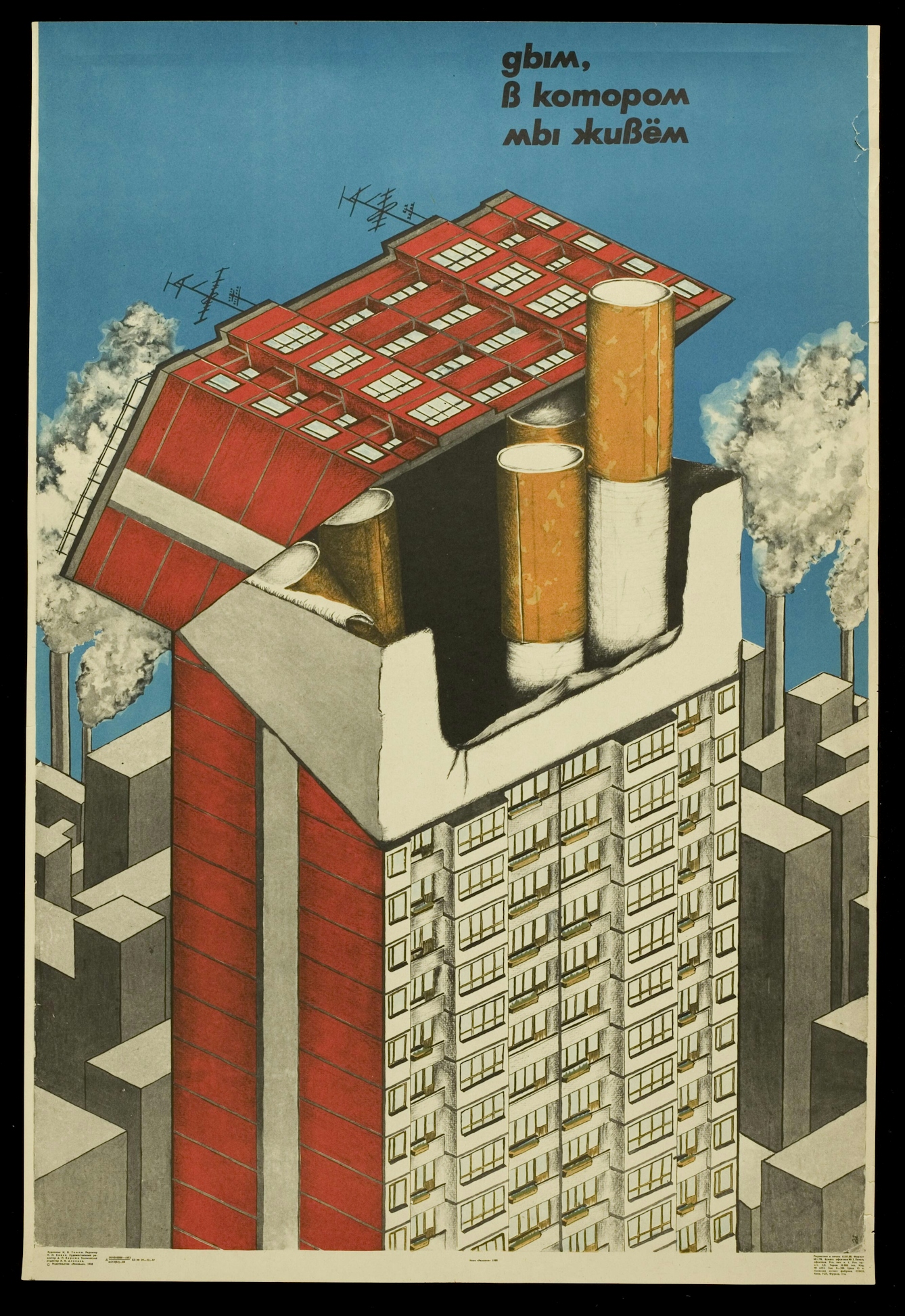
I gave up smoking when I was working as an editor for a business newspaper. I was forced to sub-edit some copy that included a line from a tobacco company describing smoking as “the last act of rebellion for the bohemian”. This obtuse quote – made just before UK pubs and restaurants were forced into a smoking ban in 2007 – angered me so much. It showed tobacco was still being sold as a cool commodity. Since 2007, air pollution in UK hospitality has reduced by as much as 93 per cent, and waiting and bar staff no longer have to risk cancer from passive smoking.
Maybe there is a small link between bohemian lifestyles and smoking that I should, grudgingly, acknowledge. Writers through the ages, and particularly in France, have waxed lyrical about smoking. Jean-Paul Sartre, for example, was a compulsive smoker, going through two packets of Boyards a day. Smoking never helped me to be productive as a writer, and I would find my mind drifting when I started craving nicotine.
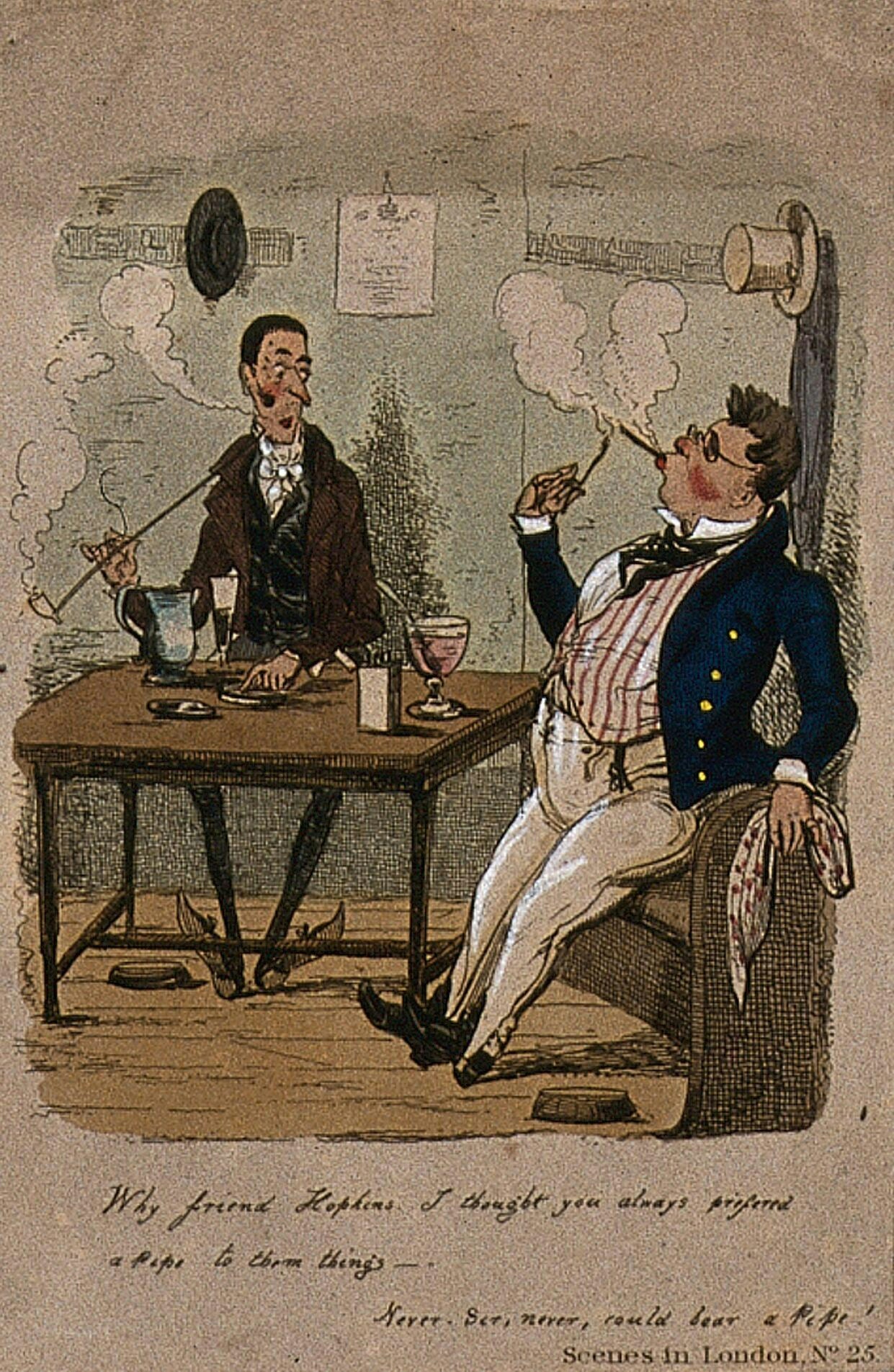
I guess I’m pretty anti-smoking now, but I can empathise with young people who spark up regularly – it’s become so taboo that maybe it’s the last act of rebellion that can shock their parents. My partner hates tobacco, though, and when smokers walk past our small children, she feels anger and resentment, despite enjoying roll-ups in the past. There’s nothing as bad as an ex-smoker, but Richard Klein goes further, claiming that a lot of healthy people are autocratic about the habit, citing non-smoking dictators, such as Hitler and Napoleon. Inconveniently for this controversial argument, the French military leader did have a snuffbox and he was keen to benefit from tobacco’s tax revenue, so he did draw some pleasure from baccy.
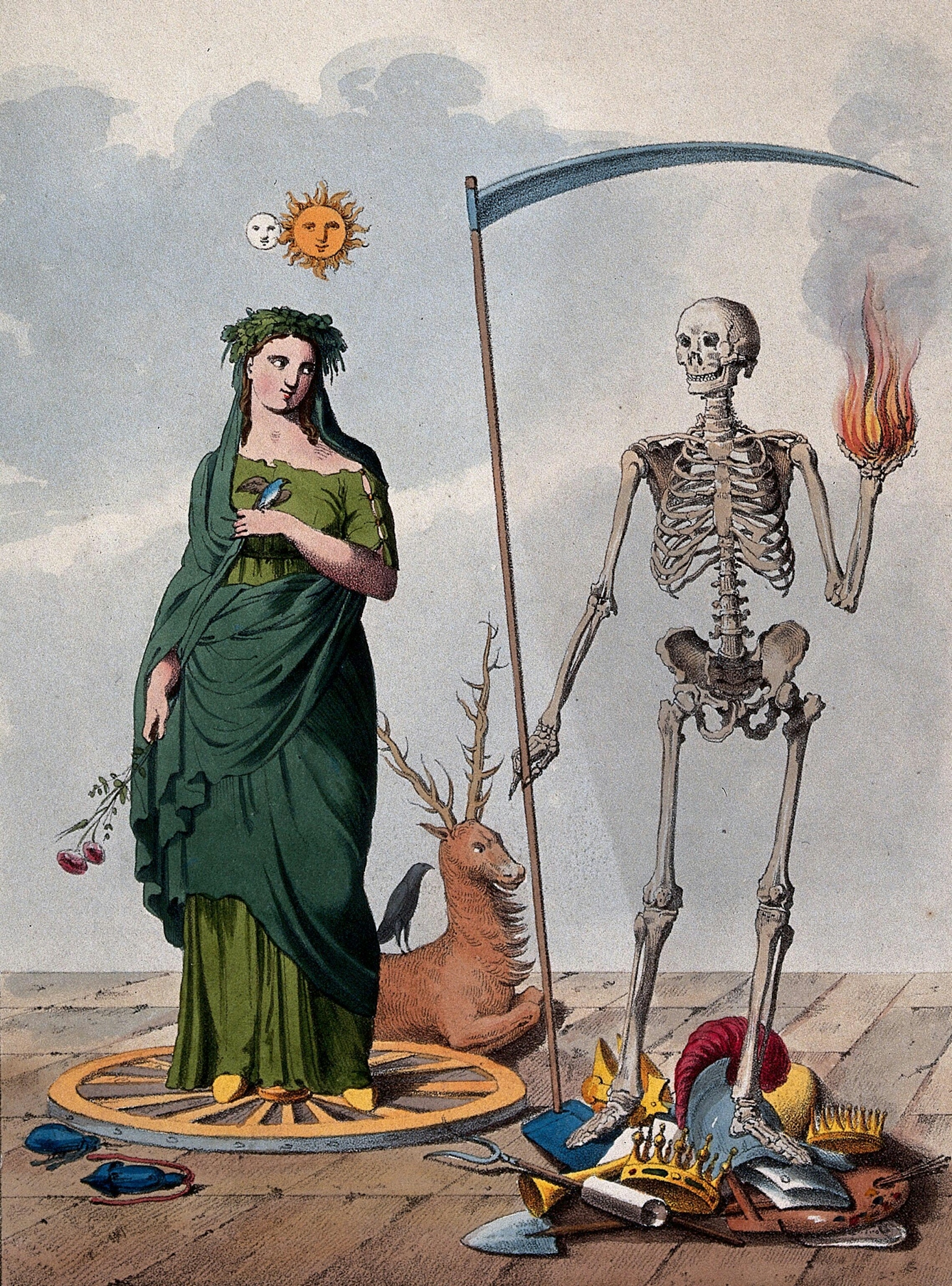
It was hard to give up smoking when I was in my 20s, as there was always someone who was cool in my friendship circle who smoked. In hindsight, these people probably had all manner of reasons for buying cigarettes, but smoking gave me an excuse to hang out with them. Nowadays their coolness could lead them to being called an influencer. Smoking has a lot of paradoxical resonances with 21st-century notions of beauty, especially as it’s a meditative pursuit, associated in a lot of people’s minds with youth. Even if the reality leaves people looking far from young.
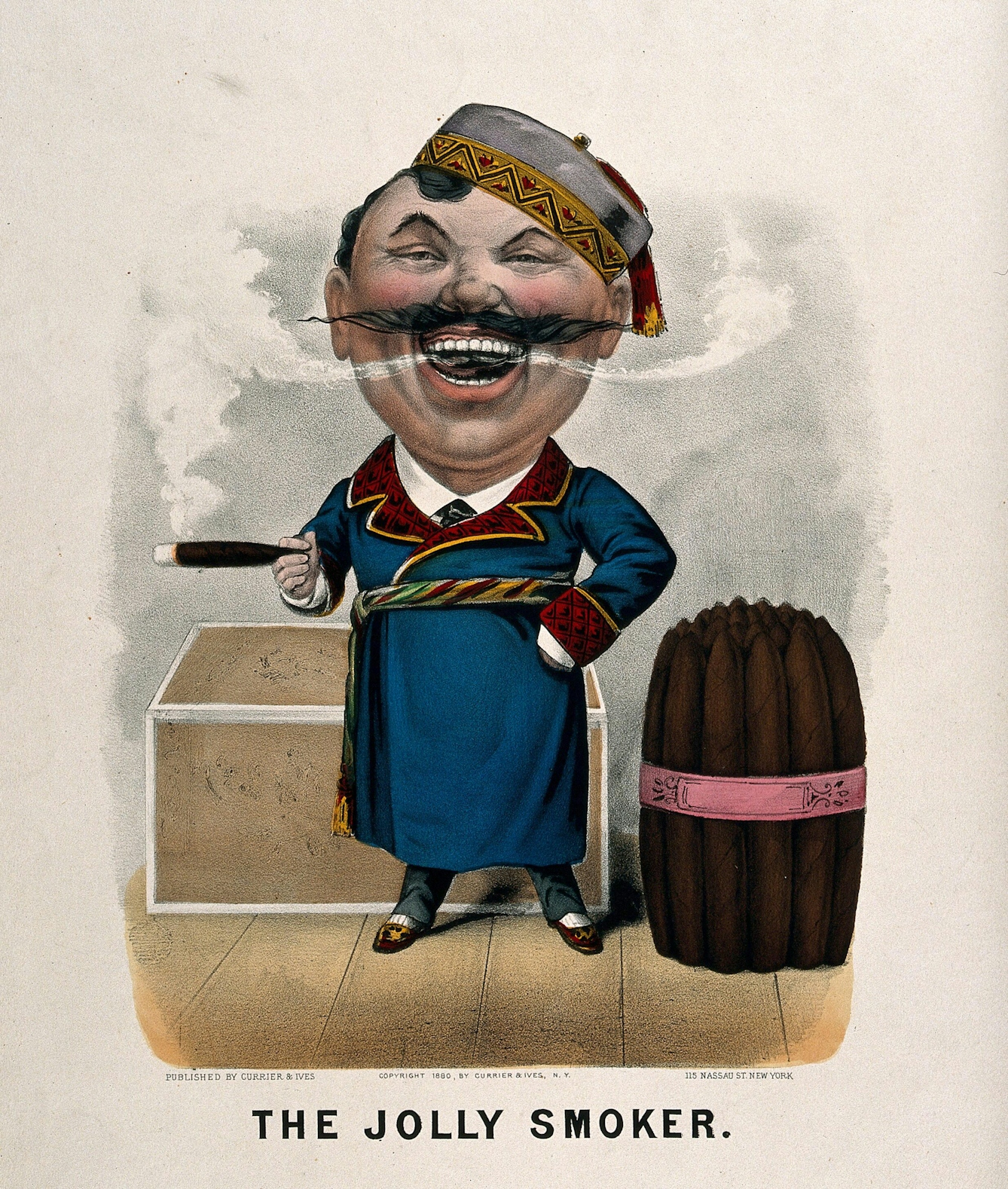
The greatest fictional detective ever, Sherlock Holmes, could guess someone’s age and personality from the way they smoked. Sir Arthur Conan Doyle’s gumshoe was depicted as being able to reconstruct someone’s personality from the ashes left by their cigars. Holmes says, “To the trained eye there is as much difference between the black ash of a Trichinopoly and the white fluff of bird’s-eye as there is between a cabbage and potato.” You don’t need to smoke to derive pleasure from the way Holmes’s forensic brain analysed evidence such as ash, but it does also show how easily the habit can be romanticised.

Perhaps I’m looking at smoking and pleasure in the wrong context. Klein makes the valid point that denying there’s any pleasure associated with smoking has never worked, and we continue to light up despite government adverts warning us of the dangers. Today’s cigarette packets contain grotesque warnings showing the effects of cancer on the body but, while sales are declining, they’re still bought by people of all ages. When I was growing up, hard-hitting adverts did exist, but they didn’t put the teenage me off smoking. If anything, they made the habit more illicit.
The reason why I’ll never smoke again is because I have children and I’d hate them to become nicotine addicts. They’re at the age – one and five – where they look to me for their cues. If they saw me smoking, it would normalise the addiction. I started buying tobacco when I was 15, at a point when I was lost and felt devoid of hope. I hated my life and had moved out of my parents’ house, needing to find more loving relationships despite my vulnerable age. Smoking became a conversation point when I was lonely and it soon became a normal way to spend my money. Nowadays I don’t seek pleasure in nicotine but in a healthier, equally addictive substance: love.
About the author
David Jesudason
David Jesudason is a freelance journalist who covers race issues for BBC Culture, Pellicle and Vittles. He was named Beer Writer of the Year in 2023, after his first book ‘Desi Pubs, A Guide to British-Indian Pubs, Food and Culture’ was hailed as “the most important volume on pubs in 50 years”. David also writes ‘Pub Episodes of My Life’, a weekly newsletter about the drinking establishments that serve marginalised people.

